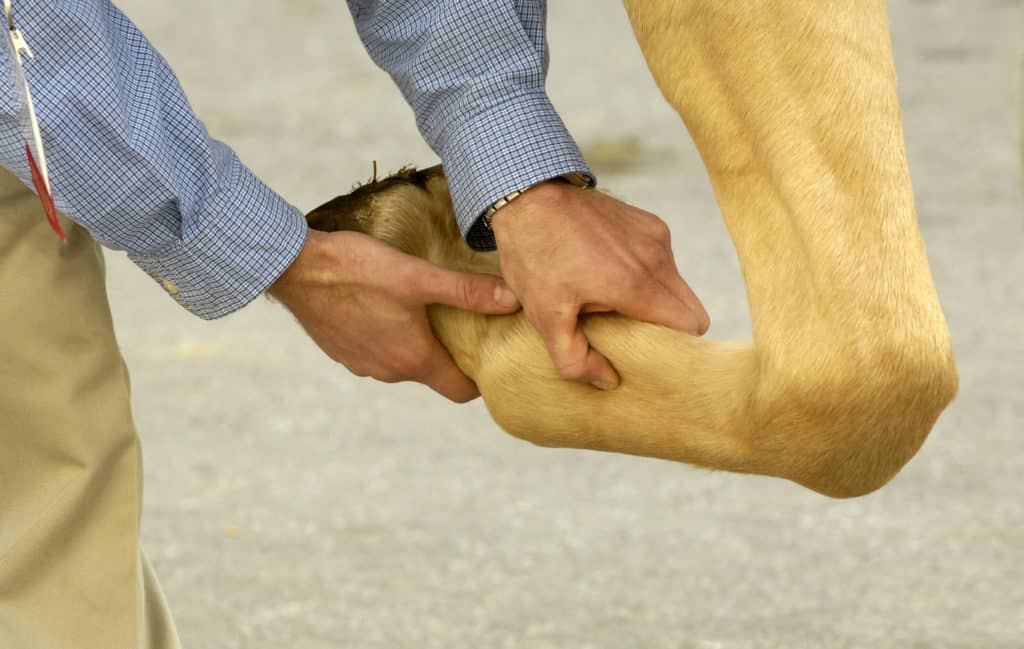
Embracing Telehealth in Equine Medicine
Clinician: Technology helps veterinarians improve treatment outcomes and provide life-saving advice to horse owners in isolated, rural areas.

Clinician: Technology helps veterinarians improve treatment outcomes and provide life-saving advice to horse owners in isolated, rural areas.

This technology has helped veterinarians diagnose upper airway dysfunction during exercise.

Don’t let 2021 come to a close without stocking up on all your veterinary necessities. Download part 2 of The Horse‘s Equine Practitioner Product Guide for information on equipment, supplies, and product specials for veterinarians.

The equine respiratory tract is so highly specialized for exercise that even the slightest deviation from normal can limit a horse’s athletic career.

Electrical impedance tomography could be simple enough for veterinarians to use in the field to diagnose asthmatic horses without anesthetics or an assistant.

Here’s how to tell whether a broodmare is going into labor or experiencing colic-associated pain.

The choice to use antimicrobials to treat lower airway issues in horses isn’t always clear.

MRI has helped veterinarians recognize new pathologies within horses’ hooves as well as learn more about existing lesions.

Don’t let 2021 come to a close without stocking up on all your veterinary necessities. Download a free copy of The Horse‘s Equine Practitioner Product Guide for information on equipment, supplies, and product specials for veterinarians.

Learn about 5 reasons for limb swelling in horses, from benign triggers to causes for major concern.

Diagnostic imaging technology has improved tremendously in the past few decades, with several effective options to choose from. Learn about the machines and technologies your veterinarian can use to look inside your horse, including MRI, CT, PET scans, and more.

Equine protozoal myeloencephalitis remains challenging to definitively diagnose. Here, a practitioner offers an update about the disease.

A high-quality and well-set-up ultrasound image can mean the difference between an accurate or missed diagnosis in equine practice.

Equine biosecurity might become easier thanks to new in-field tests using recently developed isothermal technology, which could detect infected horses in less than an hour.

Use this visual guide to learn about the technologies your veterinarian might use to look inside your horse and why.

The editors of The Horse: Your Guide To Equine Health Care have scoured our archives and gathered our top lower limb lameness content. Sponsored by Hallmarq Veterinary Imaging.
Stay on top of the most recent Horse Health news with
"*" indicates required fields